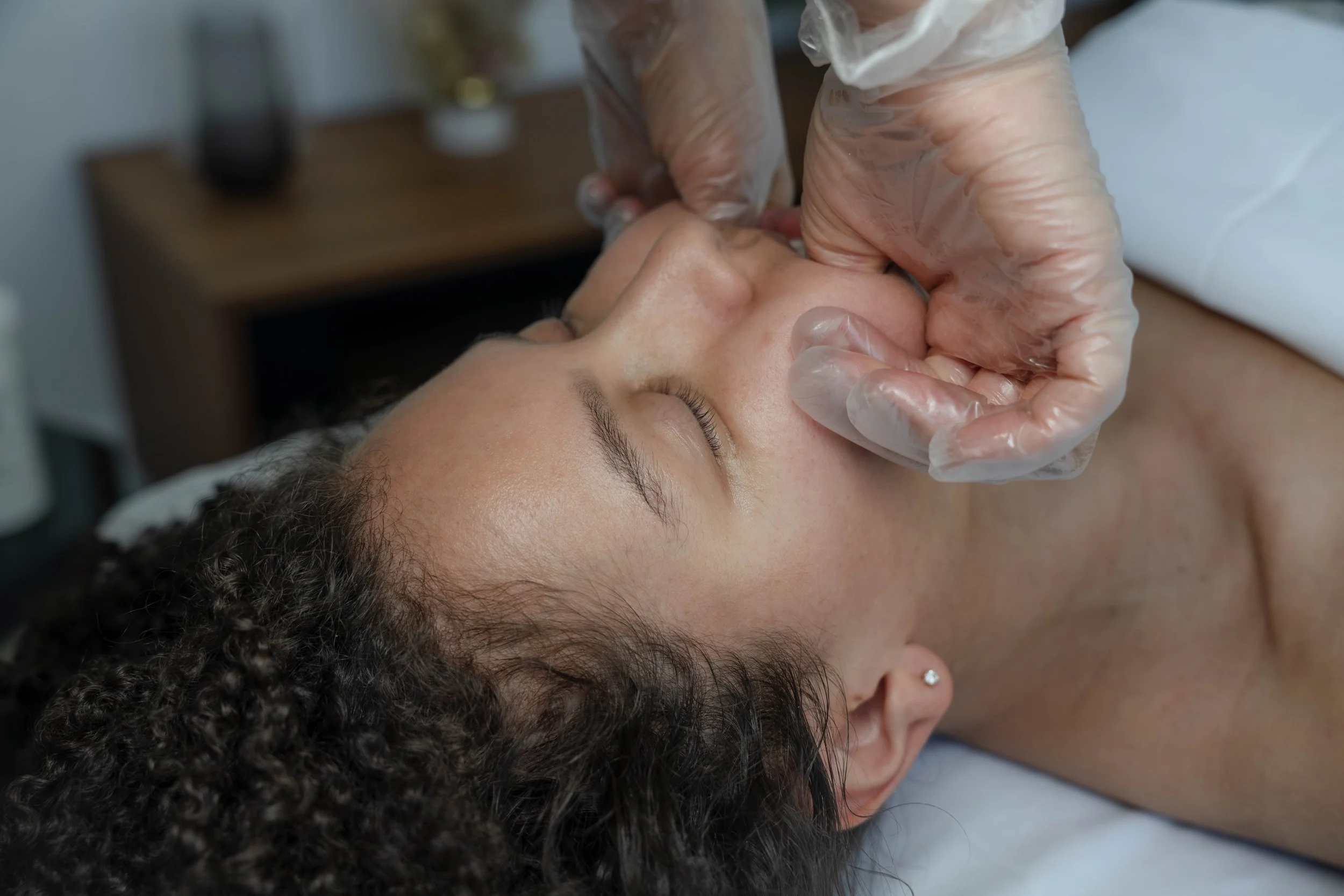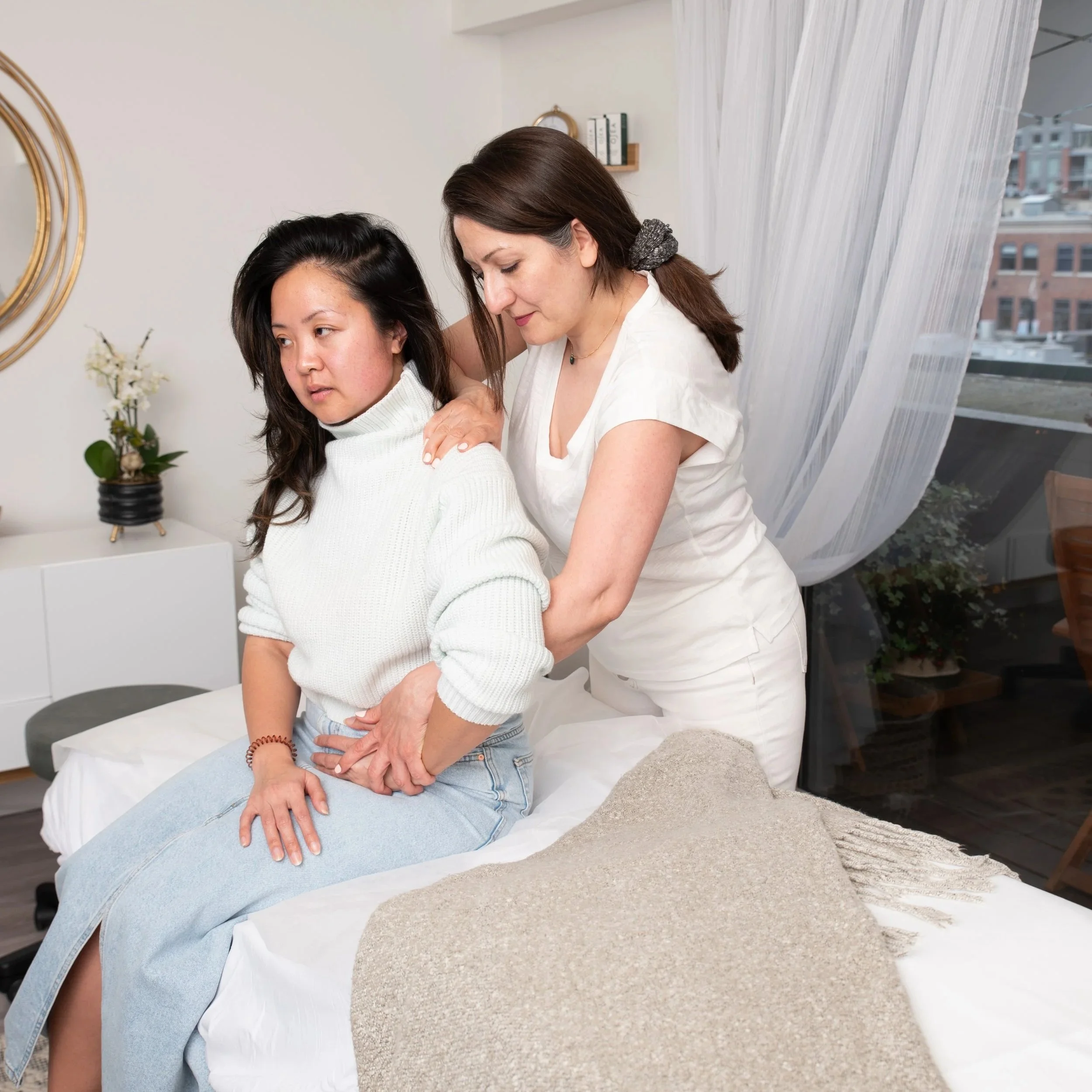Migraines and Headaches: Understanding the Difference and How Osteopathy Can Help
Headaches and migraines are two common yet distinct conditions that affect millions of people worldwide. According to the World Health Organization, 50% of adults experience a headache at least once a year and 16% report daily headache symptoms.
Migraines, a more severe and debilitating form of headache, impact about 5% of people on a given day, with 15-20% of adults experiencing them during their lifetime
Understanding the differences between these conditions and exploring holistic approaches like osteopathy and craniosacral therapy can offer much-needed relief and help improve quality of life.
The Difference Between Headaches and Migraines
A headache is a general term used to describe pain or discomfort in the head, scalp, or neck. These can range from mild to severe, and common causes include stress, tension, dehydration, or sinus problems.
The most common types of headaches are:
Tension headaches: These are characterized by a dull, aching pain, often accompanied by pressure or tightness, commonly caused by stress or poor posture.
Cluster headaches: These headaches tend to occur in cyclical patterns and are characterized by intense pain around one eye, often occurring in clusters or groups.
A migraine, however, is a neurological condition that typically presents more complex symptoms, including:
Severe, throbbing pain, usually localized to one side of the head
Nausea and vomiting
Sensitivity to light, sound, or smells
Visual disturbances (aura) before the onset of pain
Migraines last anywhere from several hours to several days and can significantly impact a person's daily life. They may be triggered by hormonal changes, certain foods, or environmental factors, and are often more intense and longer-lasting than regular headaches.
The Role of Osteopathy in Treating Headaches and Migraines
Osteopathy is a holistic approach to healthcare that focuses on improving the body’s structure and function to reduce pain and promote healing. Osteopathic manual practitioners use a range of non-invasive techniques to address the root causes of headaches and migraines, such as muscle tension, poor posture, and restricted blood flow.
4 Key Osteopathic Techniques for Relief
Cranial Osteopathy:
This technique focuses on gently manipulating the bones of the skull and cranial sutures. By reducing tension and improving the flow of cerebrospinal fluid, cranial osteopathy can help alleviate the pressure that often triggers migraines and tension headaches.Myofascial Release:
Myofascial release is designed to relieve tension in the connective tissue (fascia) surrounding muscles. Tight fascia, particularly in the neck and upper back, can contribute to both headaches and migraines. Osteopathic practitioners use gentle techniques to release tension and improve circulation, helping to reduce headache symptoms.Postural Adjustments:
Poor posture, especially forward head posture, is a common cause of tension headaches. Osteopathic practitioners work to realign the spine and neck, reducing muscle strain and nerve compression that may contribute to headache pain.Craniosacral Therapy for Migraines and Headaches
Craniosacral therapy (CST) is another effective technique used to treat headaches and migraines. CST involves light-touch manipulation of the cranial bones, membranes, and cerebrospinal fluid, aimed at improving circulation and reducing tension in the head and neck. By gently balancing the craniosacral system, CST promotes relaxation and enhances the body’s natural healing abilities.
CST is particularly effective in:
Relieving tension: Reducing tightness in the head and neck can alleviate both tension headaches and migraine symptoms.
Promoting relaxation: CST helps shift the body’s response from stress to relaxation, reducing common migraine triggers like anxiety and stress.
Improving cerebrospinal fluid flow: CST enhances circulation and fluid flow around the brain and spinal cord, helping to relieve pressure and improve brain health.
Proven Results at GoldenCare Wellness
At GoldenCare Wellness, we are proud to share that 70% of our clients report significant improvement or complete resolution of their headaches and migraines after just a few sessions of Cranial Facial Osteopathy, a specialized technique developed by Nora. This holistic, non-invasive approach combines cranial osteopathy and other therapeutic techniques to target the root causes of headaches and migraines, offering stress relief techniques for long-term relief and improved well-being. By addressing the tension and stress that contribute to these conditions, we help our clients achieve a healthier, pain-free life
How to Get Started:
If you suffer from chronic headaches or migraines, consulting with an osteopathic manual practitioner can be a transformative step toward recovery. By addressing the root causes rather than just treating the symptoms, osteopathy and craniosacral therapy can offer long-term relief.
At GoldenCare Wellness, our experienced team of practitioners specializes in holistic therapies aimed at reducing the frequency and severity of headaches and migraines.
By incorporating osteopathic treatments into your routine, along with lifestyle changes such as maintaining good posture, managing stress, and staying hydrated, you can enhance the effectiveness of your treatment and improve your overall well-being. If you're ready to explore a natural, non-invasive approach to healing, we’re here to help guide you on your journey to better health.
Take the first step towards headache and migraine relief today. Let us support you in achieving a pain-free, healthier life.







